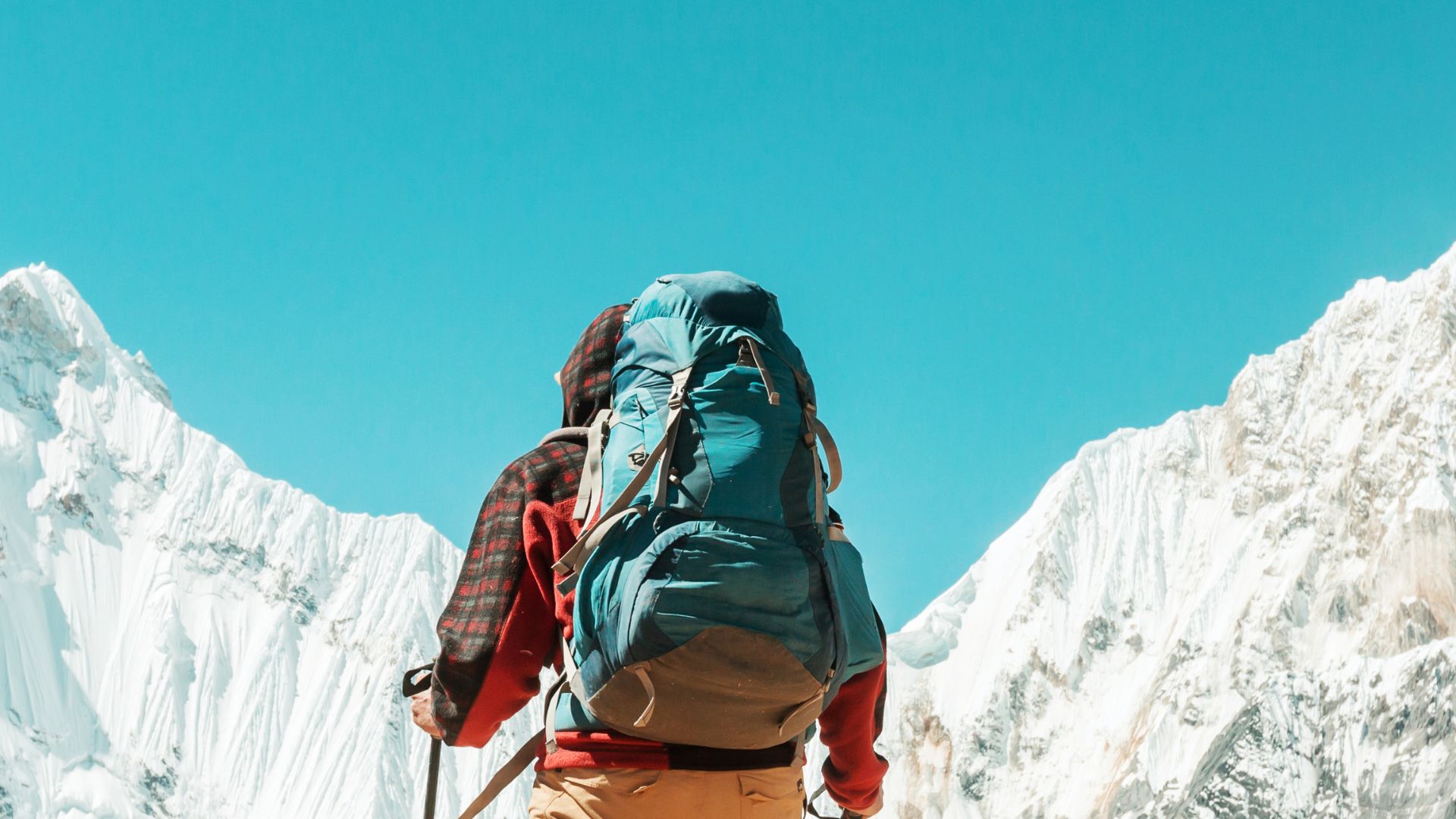
13 Nov Your Comprehensive Guide to Recognise and Treat Altitude Sickness
Altitude illnesses can be a major concern for individuals embarking on high-altitude treks and mountaineering adventures. While many people who follow the rules of acclimatisation and safety experience no issues, a lack of knowledge can lead to severe complications. In this article, we will explore the science behind altitude illnesses, their recognition, and treatment, all while maintaining an engaging and informative style.
Disclaimer: This article is for educational purposes only. Consult with a qualified medical professional for personalised advice and treatment recommendations related to altitude illnesses.
(Please go to our YouTube channel and watch the full video… and make sure you subscribe to the channel and hit like on the video, as it really helps us bring you more great content)
The Science of Altitude
Before delving into altitude illnesses, it’s essential to understand how our bodies react to high altitudes. When ascending to higher elevations, the lower oxygen levels and reduced air pressure present several challenges to the human body.
As you climb to greater heights, the oxygen concentration in the air decreases. This decrease results from the fixed amount of oxygen in the atmosphere and the lower air pressure at higher altitudes. Consequently, your body experiences a condition called hypoxia, where insufficient oxygen is available to support normal bodily functions.
To combat this hypoxia, your body reacts by increasing your breathing rate, attempting to take in more oxygen. The heart rate also elevates as it pumps oxygen-rich blood to the muscles and organs, trying to maintain adequate oxygen delivery. Over time, the body acclimatises to altitude through several mechanisms, such as developing more red blood cells, expanding capillaries for improved blood flow, and making oxygen utilisation more efficient.
Altitude Illnesses
Acute Mountain Sickness (AMS)
The most common form of altitude illness is Acute Mountain Sickness (AMS). AMS occurs when your body’s organs struggle to function adequately due to tissue oxygen deprivation. Symptoms of AMS include nausea, vomiting, weakness, fatigue, dizziness, and a headache.
High Altitude Pulmonary Edema (HAPE)
HAPE is a potentially life-threatening condition that occurs due to the body’s response to high altitude. When you’re at high altitudes, your body constricts the pulmonary arteries in a process called Hypoxic Pulmonary Vasoconstriction. This redirection of blood from poorly oxygenated areas of the lungs can lead to increased pulmonary arterial pressure.
As a result of this increased pressure, fluid can accumulate in the alveoli, the air sacs in the lungs, making the tiny blood vessels in these sacs leaky. This leads to decreased oxygen in the blood and fluid accumulation in the lungs, causing symptoms such as an increased breathing and heart rate, fatigue, coughing with pink, frothy sputum, chest tightness, and a feeling of suffocation.
High Altitude Cerebral Edema (HACE)
High Altitude Cerebral Edema (HACE) occurs when the body tries to increase oxygen supply to the brain by expanding blood capillaries, leading to increased pressure in the brain. This results in cerebral edema, where fluid leaks into the brain, causing symptoms like confusion, slurred speech, nausea, vomiting, cold and clammy skin, delusional or aggressive behavior, sensitivity to light, extreme fatigue, loss of coordination, inability to sit upright, loss of the ability to talk, and unconsciousness.
The Four-Tier System for Recognising and Treating Altitude Illnesses
To help recognise and categorise altitude illness symptoms, a four-tier system is useful. The categories include Blue, Green, Amber, and Red.
Code Blue: This is the most common and least severe. It typically involves mild symptoms such as headaches, which are normal above 2,500 meters. If you experience a mild headache, you can often alleviate it by staying hydrated, resting, and monitoring it.
Code Green: These symptoms are mild AMS and are a sign that your body is adjusting to altitude. They may include difficulty sleeping, slight breathlessness on activity, and a higher heart rate. While they’re generally not a cause for concern, staying hydrated, resting, and possibly taking an NSAID can help.
Code Amber: At this stage, symptoms can pose a potential threat to your journey. They may include loss of appetite, nausea, vomiting, weakness, dizziness, and ongoing fatigue. If symptoms are mild, it’s advisable to stay at the same altitude for 24 hours. In more severe cases, descending 3 to 500 meters might be necessary.
Code Red: This is a medical emergency. Symptoms like confusion, slurred speech, coughing up pink, frothy sputum, and extreme fatigue should not be taken lightly. If someone experiences these symptoms, they must not ascend further, seek immediate evacuation, and receive qualified medical attention.
Altitude illnesses can be effectively managed with knowledge and awareness. Understanding the science behind these conditions, recognising the symptoms, and applying the appropriate measures can make all the difference in ensuring a safe and enjoyable high-altitude adventure.
If you plan to embark on such an adventure, equip yourself with the necessary knowledge and tools, like a pulse oximeter and a Lake Louise Score Sheet, to monitor your condition effectively.
Get your own FREE copy of the Lake Louise Score Sheet, which is attached to the Complete Guide to Altitude Illness in the links below!
Remember, while education and preparation are vital, it’s always advisable to seek advice from medical professionals, especially in severe cases. Your safety is your responsibility, so stay informed, stay safe, and enjoy your journey to the heights.
Visit the links below to learn more and start your adventure journey now!
PS: Planning an adventure?
Start Here with 5 simple ways I can help you now!
STEP #1 FREE TRAINING
Get our free training
STEP #2 BOOK
Get the Complete Guide to Altitude Illnesses handbook
STEP #3 LECTURES
Get the Altitude workshops course
STEP #4 DASHBOARD
Get the ADVENTURE PLANNING DASHBOARD
STEP #5 TRAINING & PREPARATION
Need help focusing on what you need to do?



No Comments